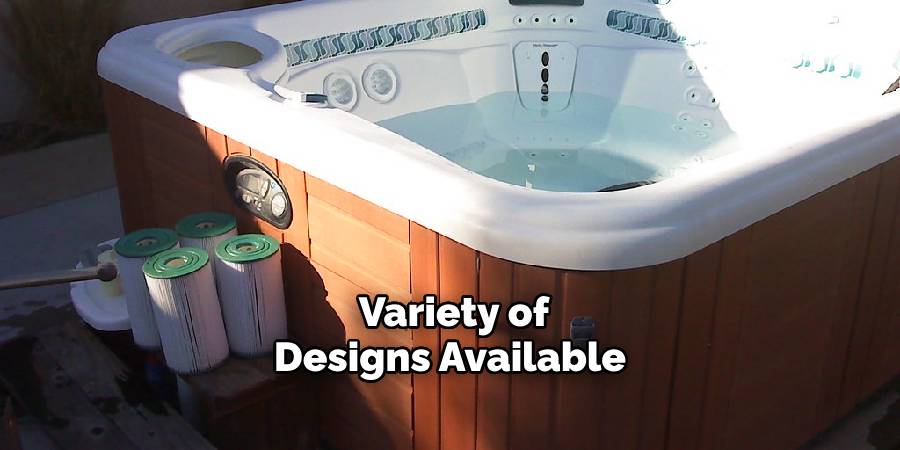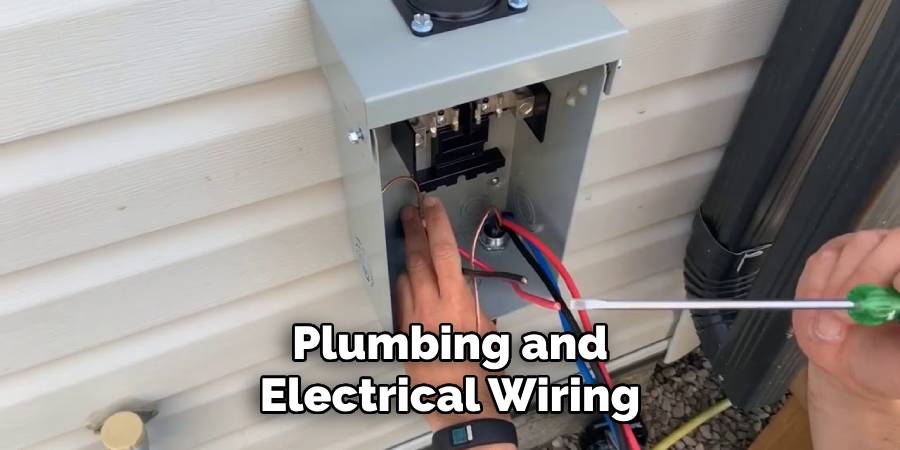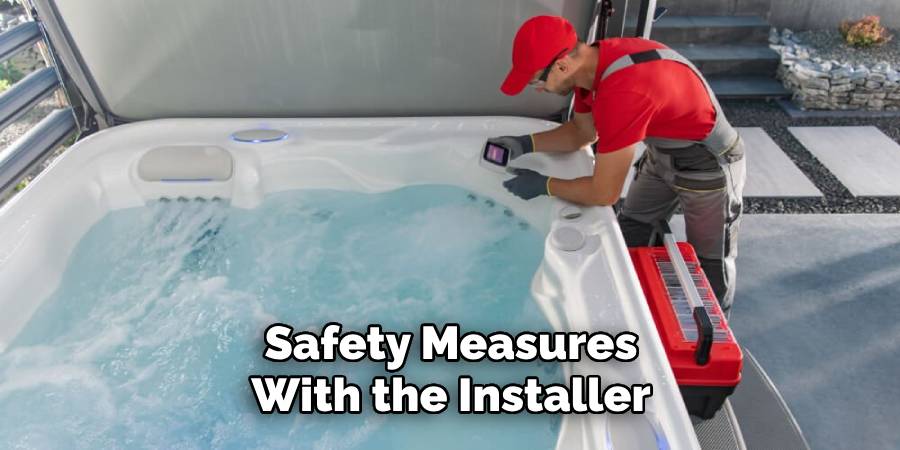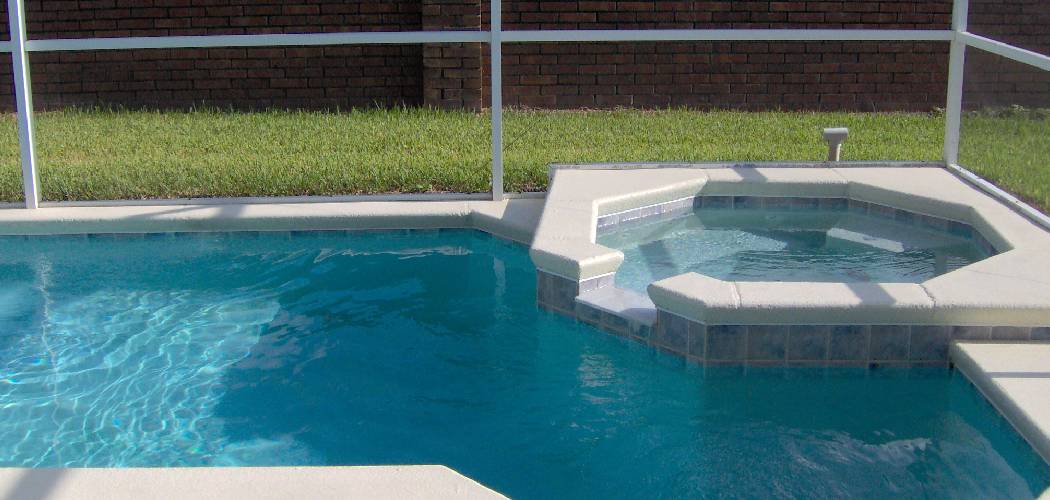Adding a Jacuzzi to an existing pool is a dream come true for many homeowners, as it enhances the relaxation and entertainment value of your outdoor space. Whether you want to soak away the stress of the day, enjoy therapeutic hydrotherapy, or simply elevate the aesthetics of your pool area, a Jacuzzi is a luxurious addition that can be seamlessly integrated into your existing pool setup.

While the idea of combining a Jacuzzi with your pool is exciting, it can be a complex project that demands careful planning, knowledge, and attention to detail.
In this article, we will guide you through the steps of how to add a jacuzzi to an existing pool. From selecting the right location and ensuring proper structural support to plumbing, electrical requirements, and design choices, we’ll provide you with a comprehensive roadmap to turn your vision into a reality and create a poolside paradise for you and your loved ones.
The Benefits of Adding a Jacuzzi to an Existing Pool
Adding a Jacuzzi to an existing pool can bring numerous benefits to your backyard oasis. Not only does it enhance the overall aesthetic of your pool area, but it also offers various functional advantages. Here are some of the top benefits of adding a Jacuzzi to an existing pool:
- Relaxation and stress relief: One of the main reasons people add a jacuzzi to their pool is for the ultimate relaxation and stress relief. The combination of warm, massaging jets and the soothing sound of bubbling water can create a spa-like experience right in your own backyard. It’s the perfect way to unwind after a long day or week.
- Improved health: In addition to relaxation, soaking in a jacuzzi can also offer physical health benefits. The heat and jets can help increase blood flow, alleviate muscle tension, and reduce joint pain. It’s a great way to soothe sore muscles after a tough workout or relieve symptoms of conditions like arthritis.
- Year-round use: While pools are typically only used during the warmer months, a jacuzzi can be enjoyed year-round. Its heated water allows for comfortable use even on cooler days or evenings, extending the use of your backyard space.
- Entertainment: A jacuzzi can also be a great addition for entertaining guests. It provides a social gathering spot where everyone can relax and enjoy each other’s company. Plus, who doesn’t love a hot tub party?
- Increased property value: Adding a jacuzzi to your existing pool can also increase the value of your property. It’s a desirable feature for potential buyers and can make your home stand out in the real estate market.
- Customization: Jacuzzis come in various shapes, sizes, and designs, allowing you to customize it to fit your specific pool area and preferences. You can choose from built-in or standalone options, as well as different jets, lighting, and seating arrangements.
10 Methods How to Add a Jacuzzi to an Existing Pool
1. Choose a Jacuzzi Design

The first step in adding a jacuzzi to an existing pool is to choose a design that fits your needs and budget. There are a variety of designs available, from traditional jacuzzis with jets and bubblers, to more modern designs with LED lighting and built-in sound systems. You’ll also need to decide on the size of the jacuzzi, which will depend on the size of your pool and how many people you plan to accommodate.
2. Prepare the Pool
Before installing your jacuzzi, you’ll need to prepare the pool for its new addition. This includes cleaning out any debris or algae from the pool, as well as checking for any cracks or damage that may need to be repaired before installation begins. If necessary, you may also need to reinforce the walls of the pool so that they can support the weight of the jacuzzi.
3. Install Plumbing
Once your pool is ready for installation, it’s time to install plumbing for your jacuzzi. This includes running pipes from your water source (usually a nearby lake or pond) into your pool area, as well as connecting these pipes to pumps and filters inside the jacuzzi itself. Depending on where you live, you may need special permits or licenses in order to install plumbing for your jacuzzi.
4. Install Electrical Wiring
In order for your jacuzzi to function properly, it must be connected to an electrical power source. This involves running electrical wiring from an outside source into your pool area and connecting it directly to your jacuzzi’s control panel. As with plumbing installation, you may need special permits or licenses in order to install electrical wiring for your jacuzzi, depending on where you live.
5. Place Jacuzzi in the Pool

Once all of the necessary plumbing and electrical wiring have been installed, it’s time to place the actual jacuzzi into the pool itself. This involves positioning it in such a way that it sits securely at the bottom of the pool without interfering with other features, such as steps or ladders, that may already exist in your existing pool setup. It’s important that this step is done carefully so that no damage is caused during the installation process.
6. Connect Pumps and Filters
Now that your Jacuzzi is securely placed in its designated spot within your existing pool setup, it’s time to connect all pumps and filters needed for proper functioning of system components. This includes connecting pumps responsible for circulating water throughout the Jacuzzi’s jets, along with filters responsible for keeping water clean. Depending on the type of pump/filter being used, additional materials such as hoses, clamps, etc . may be needed.
7. Test System Components
Once all pumps/filters have been connected, the next step involves testing system components by turning them on one at a time. During this process, check pressure levels, functionality, etc. If everything checks out, then move on to the next phase.
8. Fill the Jacuzzi With Water
Now that all system components have been tested successfully, it’s time to fill up Jacuzzi with water. Make sure water quality is up-to-par before filling up the tub by testing pH levels, chemical composition, etc. Once satisfied, slowly begin filling up the tub until the desired level has been reached.
9. Add Chemicals To Water
After filling up the tub with water, the next step involves adding chemicals such as chlorine tablets/granules or bromine tablets/granules depending on the type being used. These chemicals help keep water clean while providing protection against bacteria/viruses, which can cause harm if exposed over a long period of time.
Make sure not to add too many chemicals elsewhere, so this could lead to other issues such as skin irritation/irritation of eyes upon entry into the Jacuzzi tub due to high levels present within the water itself.
10. Enjoy Your New Jacuzzi!

Now comes the best part – enjoying the newly installed Jacuzzi! Make sure to follow safety guidelines when using the tub by limiting the amount people allowed inside same time along with temperature settings should not exceed 104 degrees Fahrenheit ( 40 degrees Celsius ) at any given point during the usage period otherwise, this could lead to potential danger to those involved due overheating problems arising from prolonged exposure heat present within the environment itself.
Things to Consider When Adding a Jacuzzi to an Existing Pool
Jacuzzis are great additions to any pool, providing a luxurious and relaxing experience for swimmers. If you’re thinking about adding a Jacuzzi to your existing pool, there are some important factors to consider before diving in. From choosing the right location to ensuring proper installation, here are some things to keep in mind when adding a Jacuzzi to your pool.
Pool Size and Shape
Before adding a Jacuzzi to your existing pool, you need to consider the size and shape of your current pool. Ideally, the Jacuzzi should complement the layout of your pool and not completely overpower it. If you have a small pool, you may want to opt for a smaller or compact Jacuzzi that won’t take up too much space. On the other hand, if you have a larger pool, you can go for a bigger Jacuzzi that will provide ample room for relaxation.
Location
The location of your Jacuzzi is another important factor to consider. You want it to be easily accessible from your pool area but also in an area with enough privacy. Additionally, make sure the location you choose has a solid and level foundation to avoid any issues with installation.
Design and Aesthetics
When adding a Jacuzzi to your pool, you want it to blend seamlessly with your existing pool’s design and aesthetics. Consider factors such as color, material, and texture to ensure that your Jacuzzi complements the overall look of your pool area.
Safety Features

Just like your pool, your Jacuzzi should also have safety features in place. This includes a cover to prevent accidental falls and a drain system to avoid any dangerous entrapment situations. Make sure to discuss these safety measures with the installer before adding a Jacuzzi to your pool.
Conclusion
In essence, adding a jacuzzi to your existing pool is no small endeavor. However, with adequate planning and the right set of instructions, it can become an exciting and rewarding project that will allow you to enjoy your outdoor space in a new way!
Just be sure to educate yourself on local codes and regulations for building requirements, and consult with qualified professionals whenever needed. By following our guidelines on how to add a jacuzzi to an existing pool, you’ll be able to make this investment into your home more confidently.
Have fun designing an environment that caters to relaxation! Now jump right in and get started – pun intended – so that you can make the most of your outdoor living area all year round.
About
Outdoor Fixes is a distinguished figure in the world of Diy design, with a decade of expertise creating innovative and sustainable Diy solutions.
His professional focus lies in merging traditional craftsmanship with modern manufacturing techniques,
fostering designs that are both practical and environmentally conscious. As the author of diy,
outdoorfixes delves into the art and science of outdoorfixes-making, inspiring artisans and industry professionals alike.
Education RMIT University
(Melbourne, Australia) Associate Degree in Design (Outdoor Fixes) Focus on sustainable design, industry-driven projects,
and practical craftsmanship. Gained hands-on experience with traditional and digital manufacturing tools, such as CAD and CNC software.
Nottingham Trent University
(United Kingdom) Bachelor’s in outdoorfixes.com and Product Design (Honors) Specialized in product design with a focus on blending creativity with production
techniques. Participated in industry projects, working with companies like John Lewis and Vitsoe to gain real-world insights.
Publications and Impact
In diy, Outdoor Fixes his insights on indoor design processes, materials, and strategies for efficient production.
His writing bridges the gap between artisan knowledge and modern industry needs, making it a must-read for both budding designers and seasoned professionals.

